Mexican Hat, Utah: Where Desert Beauty Meets Navajo Tradition
If you’ve ever driven along U.S. Highway 163 through southeastern Utah, chances are you’ve seen it—a curious rock formation perched like a sombrero on a narrow pedestal, defying gravity and time. This is Mexican Hat, the namesake of a tiny town that serves as a gateway to some of the most iconic landscapes in the American Southwest. But Mexican Hat is more than a quirky geological wonder; it’s a crossroads of history, culture, and living tradition, deeply intertwined with the Navajo Nation.
The Rock That Named a Town
Mexican Hat Rock is a striking formation crowned by a flat, orange-red sandstone disk balanced on a cone of shale and siltstone. Geologists trace its origins to the Permian Period, roughly 250 million years ago, when ancient seas and coastal dunes deposited layers of sediment that hardened into rock. Over eons, wind and water sculpted these layers, eroding the softer shale beneath while leaving the harder sandstone cap intact. The result? A sombrero-shaped marvel that looks like nature’s practical joke.
The formation is not just a roadside attraction; it’s a playground for climbers who tackle routes like the Robbins-Turner and Bandito climbs. For most visitors, though, the best view is from the dirt road leading to its base or from nearby Goosenecks State Park, where the San Juan River carves dramatic meanders into the desert floor.
A Town on the Edge of Navajo Land
The town of Mexican Hat sits on the San Juan River, just north of the Navajo Nation boundary. With a population hovering around 30 residents, it’s a quiet outpost offering motels, diners, and a gas station—essentials for travelers exploring Monument Valley, Valley of the Gods, and Bears Ears National Monument. Founded in 1908 during an oil boom that never quite materialized, Mexican Hat now thrives on tourism, river rafting, and its proximity to Navajo cultural sites.
The Navajo Nation: Diné Bikéyah
Stretching across 27,000 square miles of Arizona, New Mexico, and Utah, the Navajo Nation is the largest Native American reservation in the United States. The Navajo call themselves Diné, meaning “The People,” and their homeland is defined by four sacred mountains: Blanca Peak, Mount Taylor, San Francisco Peaks, and Hesperus Peak. These landmarks are not just geographic—they are spiritual anchors in Navajo cosmology.
The Navajo arrived in the Four Corners region around the 15th century, migrating from the north as part of the Athabaskan-speaking peoples. Over time, they adapted to the desert environment, adopting agriculture from Pueblo neighbors and livestock from Spanish settlers. Sheep became central to Navajo life, influencing diet, economy, and art—especially the world-renowned tradition of Navajo weaving.
A History of Resilience
Navajo history is marked by both cultural flourishing and profound hardship. In the 1860s, conflict with U.S. forces culminated in the Long Walk, a forced 300-mile march to Fort Sumner, New Mexico, where thousands of Navajo were interned under brutal conditions. In 1868, a treaty allowed survivors to return to their homeland, but the trauma of displacement remains a powerful memory.
In the 20th century, Navajo men became heroes as Code Talkers during World War II, using their language to create an unbreakable military code that helped secure Allied victories in the Pacific. Today, the Navajo Nation operates its own government, blending traditional values with modern governance, and continues to fight for sovereignty, economic development, and cultural preservation.
Culture and Spirituality
For the Navajo, land is not a commodity—it is sacred. Every mesa, canyon, and river carries stories and ceremonial significance. Monument Valley, known as Tsé Biiʼ Ndzisgaii (“Valley of the Rocks”), is more than a cinematic backdrop; it’s a spiritual landscape tied to Navajo creation stories and oral traditions. Guided tours by Navajo hosts offer visitors a chance to hear these stories firsthand, transforming a scenic drive into a cultural experience.
Navajo art reflects this deep connection to nature and spirituality. Weaving, often done on upright looms, incorporates patterns inspired by the land—zigzags echoing canyon walls, diamonds symbolizing harmony. Silversmithing, introduced after contact with Spanish traders, evolved into a distinctive art form featuring turquoise, a stone revered for its protective qualities.
Mexican Hat and Navajo Heritage Today
Visitors to Mexican Hat can experience Navajo culture in many ways:
- Monument Valley Navajo Tribal Park: Explore iconic buttes and mesas with Navajo guides who share legends and history.
- Local Artisans: Purchase handwoven rugs, silver jewelry, and pottery from Navajo craftspeople—supporting traditions that span generations.
- Cultural Etiquette: Respect is paramount. Ask before photographing people or ceremonies, and never remove artifacts from the land.
Outdoor Adventures
Beyond cultural immersion, Mexican Hat offers endless outdoor thrills:
- Raft the San Juan River: A scenic float through canyons rich in wildlife and petroglyphs.
- Hike Valley of the Gods: A less-crowded alternative to Monument Valley, with towering sandstone monoliths.
- Goosenecks State Park: Marvel at the San Juan River’s dramatic meanders from a cliffside viewpoint.
- Raplee Ridge: Photograph the “Navajo blanket” patterns on this colorful monocline at sunset.
Why This Place Matters
Mexican Hat is more than a quirky rock or a pit stop on the way to Monument Valley. It’s a portal into the layered story of the Southwest—a story written in stone and sung in Navajo prayers. Here, geology and culture converge, reminding us that landscapes are not just scenery; they are living archives of resilience, creativity, and identity.
So next time you find yourself on Highway 163, slow down. Watch the sun ignite the red cliffs, listen to the wind whisper through the canyons, and remember: you’re standing in a place where every rock and river carries a tale older than time.


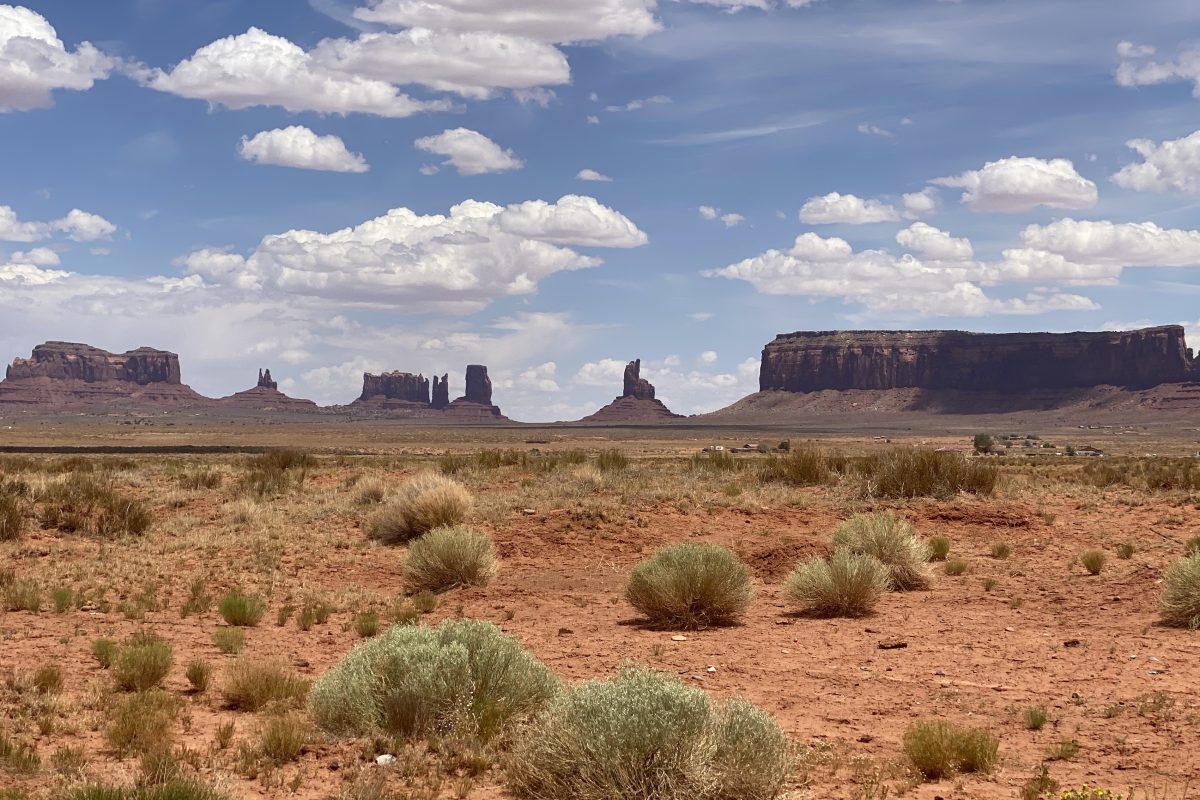
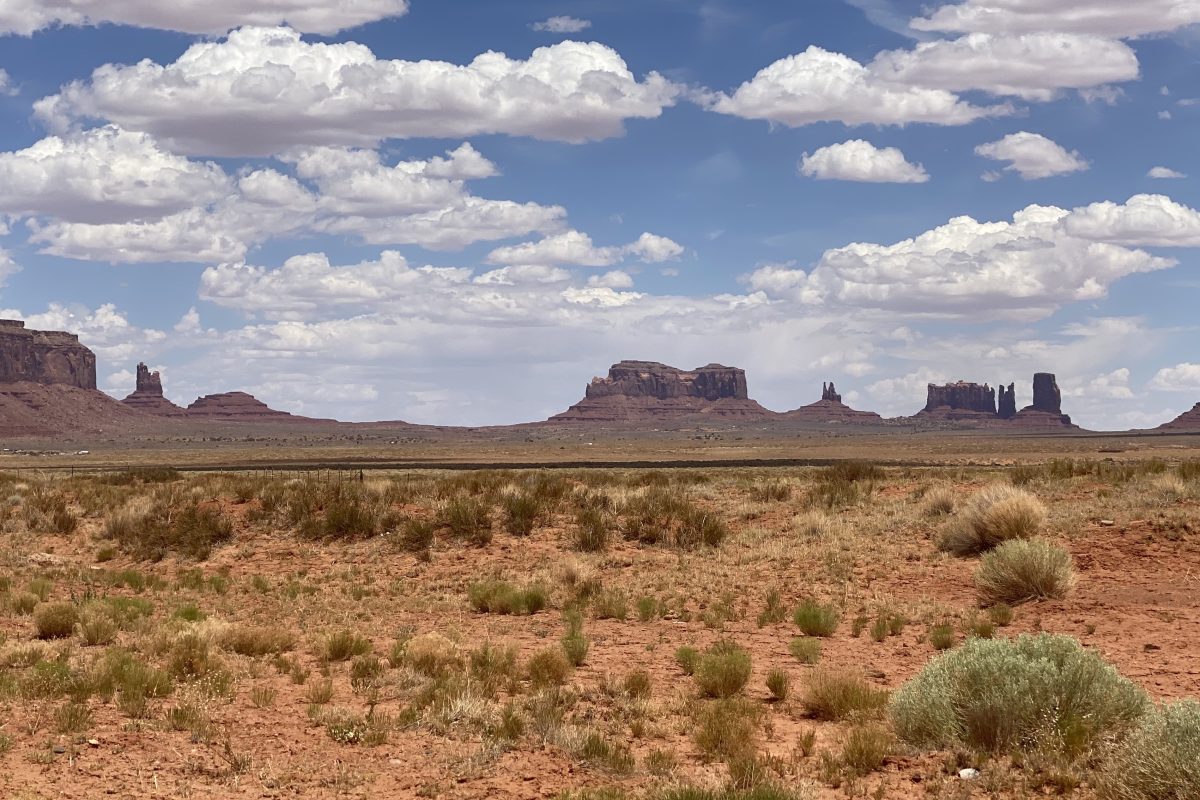
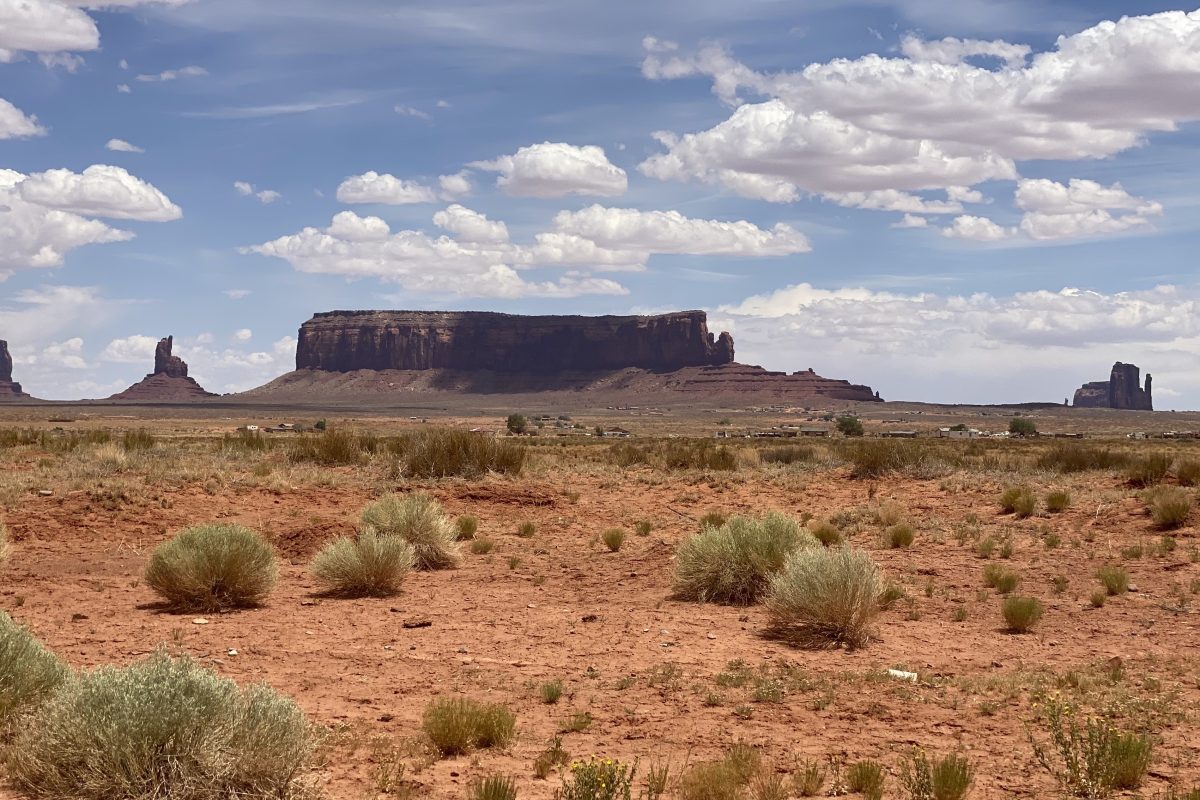
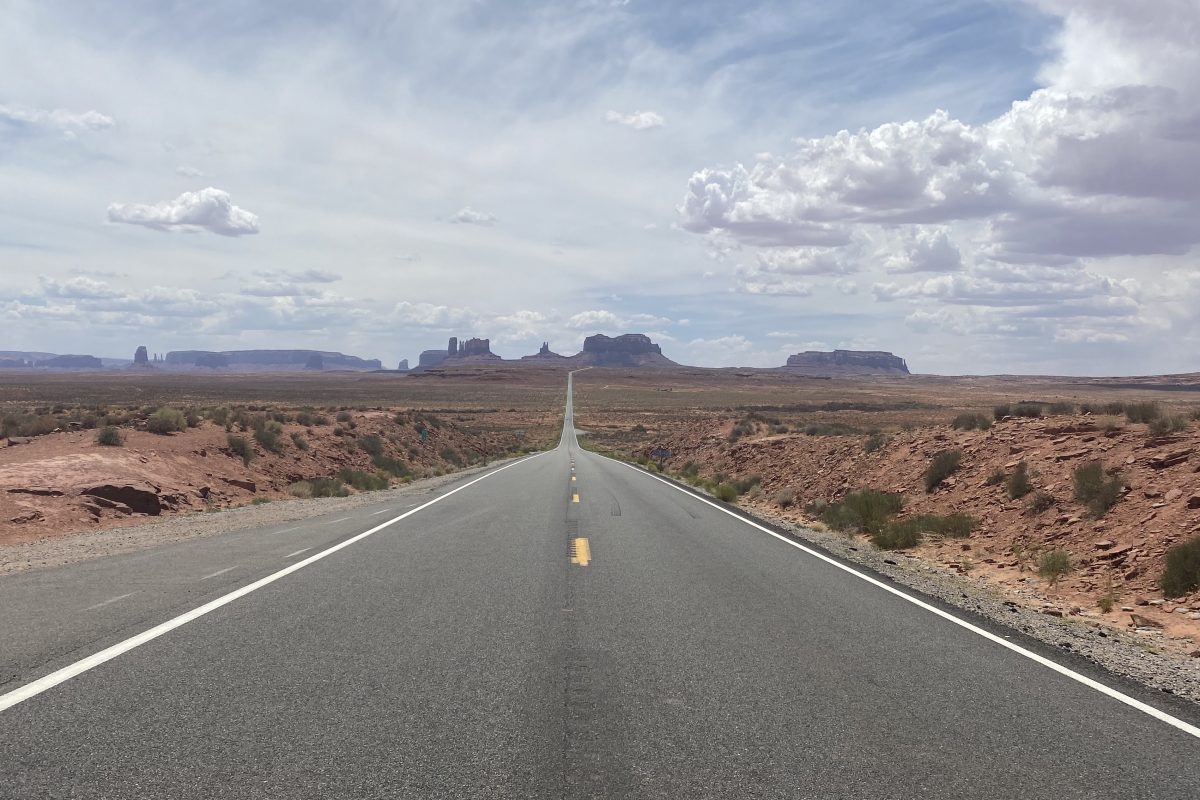

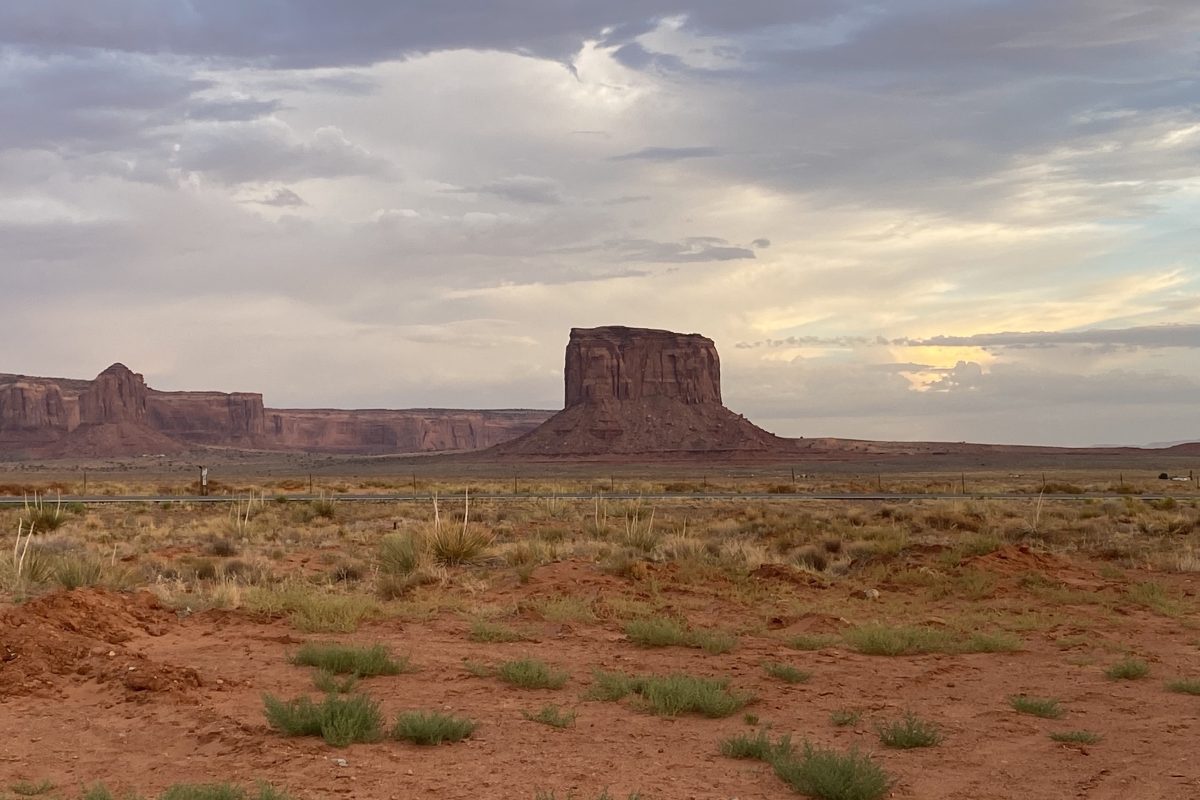


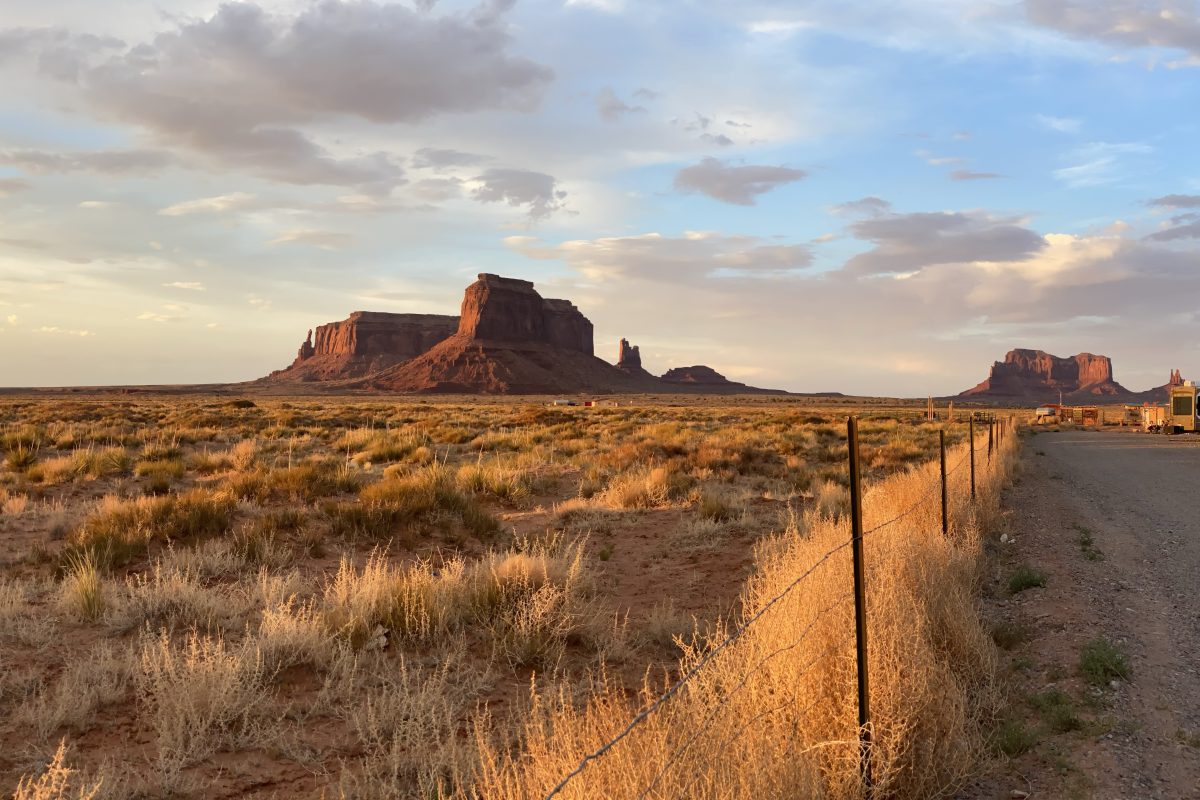

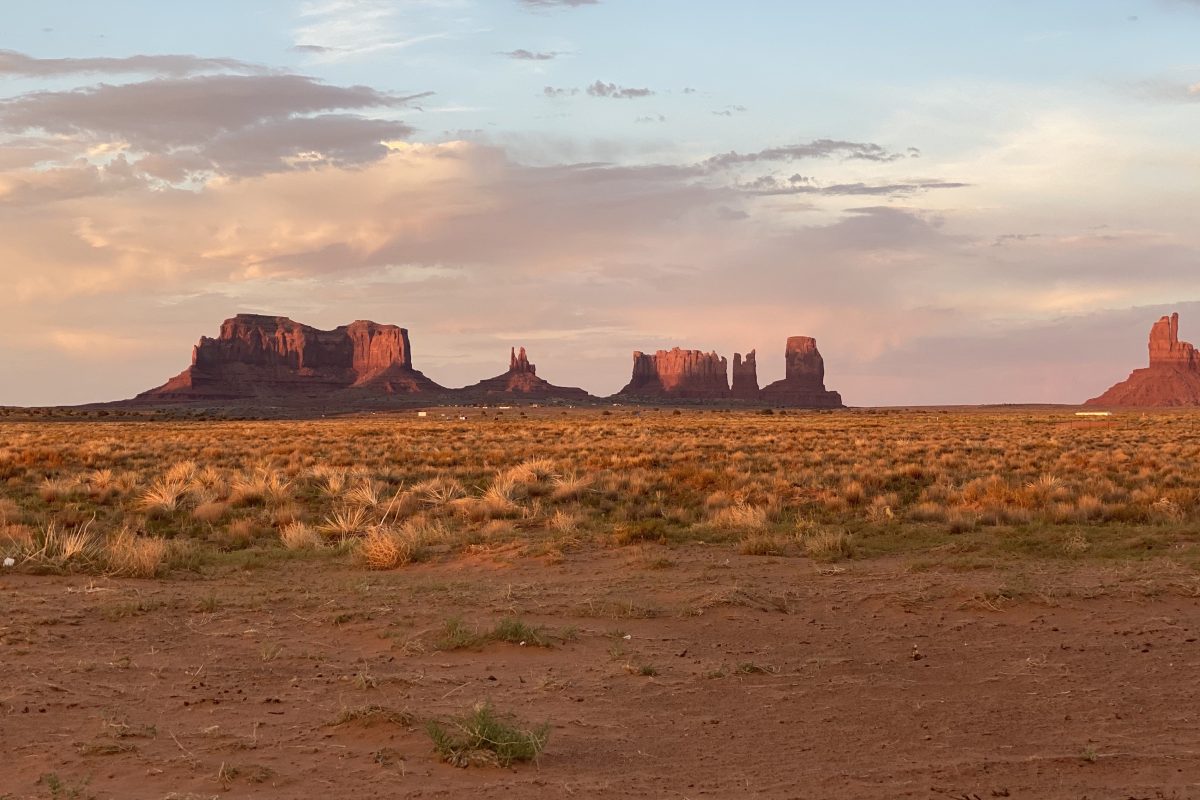
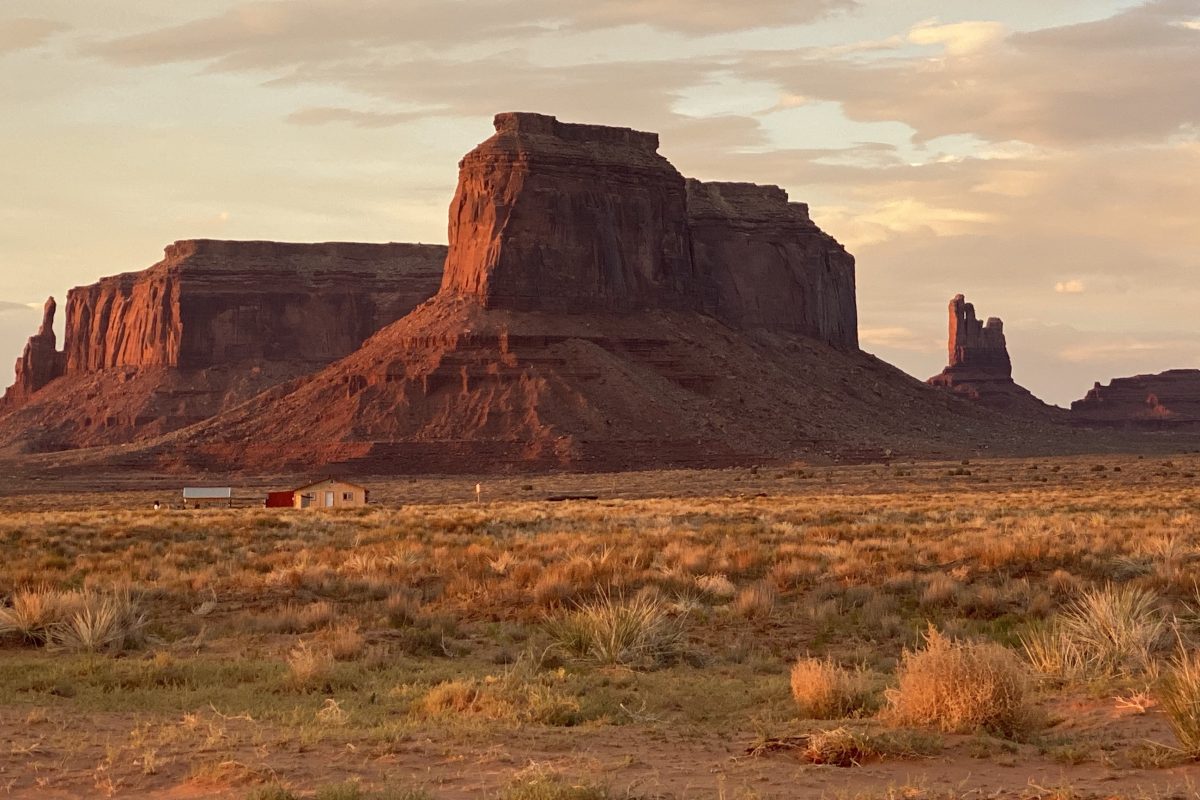

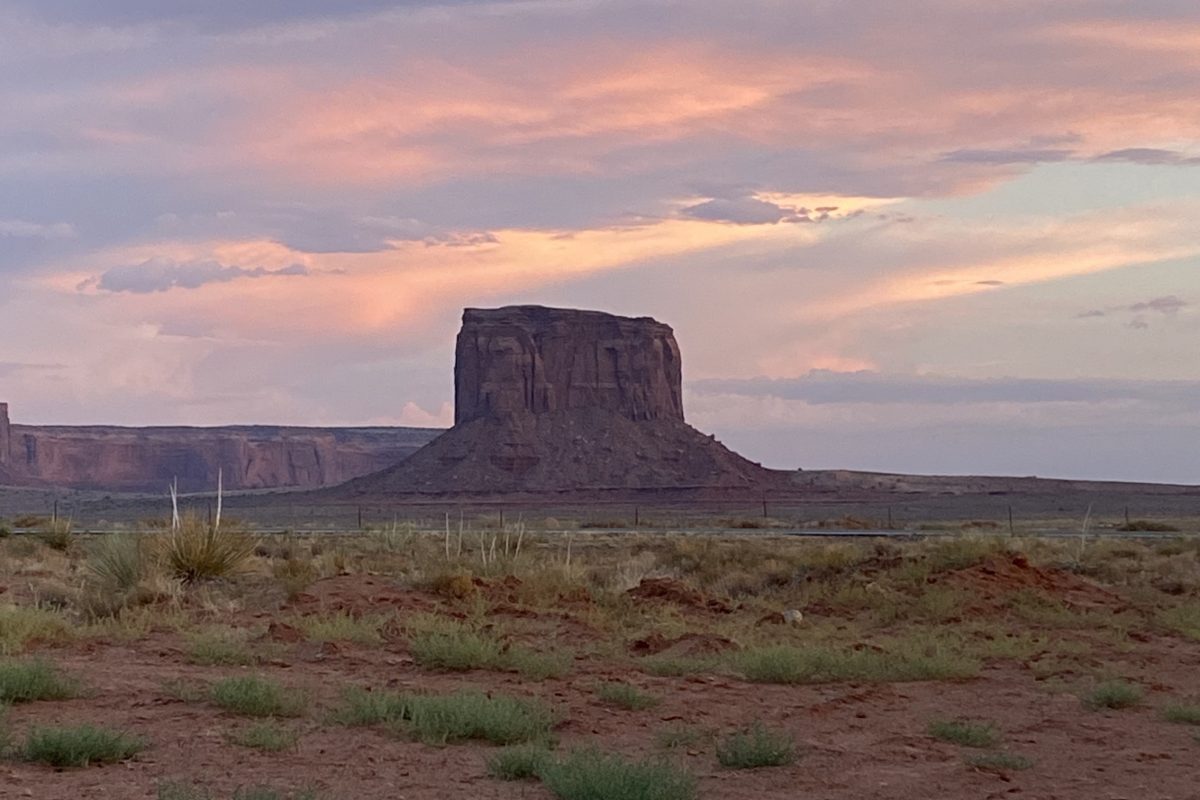

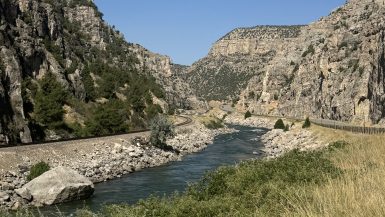


Leave a reply
You must be logged in to post a comment.